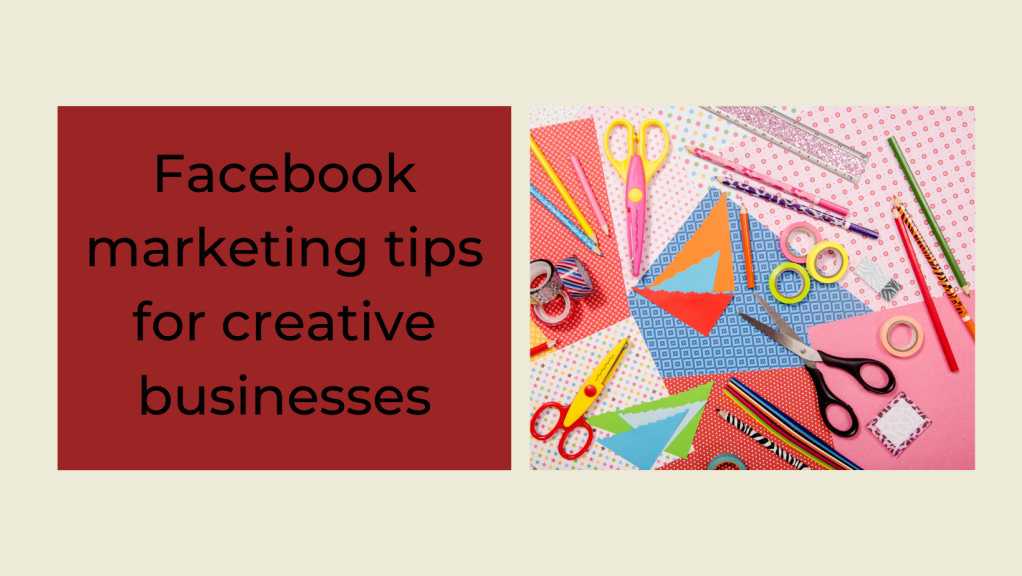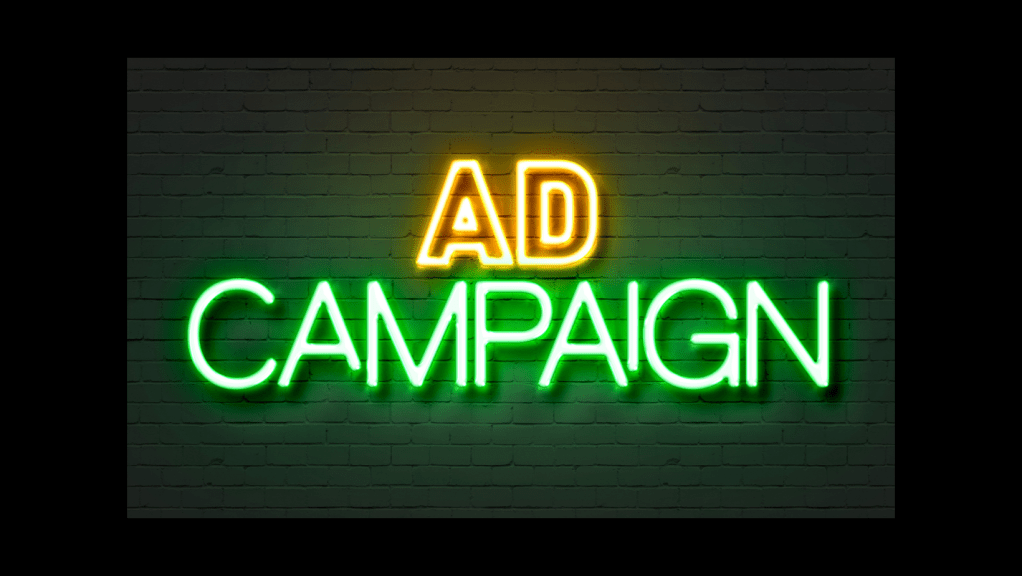Facebook is a great marketing tool for small businesses. It is one of the most visited websites in the world and perfect for engaging with customers and attracting new ones. From ads to Facebook groups, Facebook has lots of tools that you can use.
Create a business page
A business page is a great way to communicate directly with your target audience. People follow your page because they want to…and want to see more about you and your business. Having a business page also means you get access to Facebook insights, which give useful information about your followers and how they interact with your page.
It’s important to add a profile and cover photo that reflects what your business does. Use high-quality images, as they will in some instances, be the first impression you make on your audience.
Customise your page as much as you can – include your business name, address, and contact information. You can add your website URL, business hours and details of your products. There is even the option of having a Facebook shop for your products.
Use keywords throughout that tell your followers, readers, and Facebook what your page and business is all about.
Tell your story – there’s a section where you can write more about your business, so tell your audience what makes your business unique, how your products provide solutions for them, how you got started. Keep it real and relatable.
Invite people to like your business page. Most of us do this when we first set up a business page, but it’s worth doing it again every few months. Each week I also go through the posts I’ve put up and look at who has liked each post. If someone has liked my post, but are not followers, I invite them.
Be consistent
As with any business strategy, it’s important to be consistent on your social media pages, and Facebook is no exception. Post regularly – as frequently as you can, but once a day at a minimum. If you post regularly every day, your followers will start to recognise that you’re posting every day and will engage more, as they get to know you.
Whilst it’s great to post regularly, if you post the same kind of post every day, your followers will get bored with your content. Use a mixture of posts and avoid using posts to sell your products every day. It’s good to follow the 80/20 rule. 80% engage, entertain, educate, and inspire and 20% to promote and you’re your products. You can share behind the scenes information and photos, tell a bit of your story; entertain with funny memes or ‘fill in the blanks;’ educate your audience about your products or a process you follow. For example, if you’re an artist, you could show a series of posts that show a painting from sketch stage to finished article. Or you could give hints and tips about an aspect of your creative business – a sewing tip or, if you make cakes – a ‘how-to’ video is popular. Click here to see other ideas for posts on Facebook.
Facebook’s algorithm encourages engagement, so try and post something that gets a conversation going. It’s good to remember that it is social media, and we need to be social. Don’t forget to reply to comments and to any private messages promptly.
Ask your audience
As well as asking questions or writing engaging posts that promote a conversation, you can also ask your audience to tag their friends. This can work well, particularly with inspirational quotes. When you post a meaningful post, ask your audience to tag someone who might need to hear the advice the post gives.
You could do a post that just says you are sending out a hug to anyone who needs it today – we all know that sometimes, we just do! Then say, ‘tag a friend who’d like a hug today.’
‘Small Business Saturday’ posts work well too. Ask your followers to share links to their favourite small businesses, or to tell you a bit about their small business and to put a link. Make sure that you visit every single business that comments and puts a link on this post. Click on their business link and like some of their posts and post a couple of comments too – this helps them out with the Algorithm, as well as helping your business.
Facebook Ads
Now, this is something I haven’t felt the need to use, but it does seem to work well for some businesses. If you’re having trouble reaching your target audience, you can do an ad fairly cheaply. You can then target a specific audience by location, age, gender, and interests. There’s also an analytics tool to help you understand which ads drive interest and sales.
Facebook insights
I briefly mentioned this earlier, but this is a useful tool. I check my insights once a week, usually on a Sunday afternoon when I’m scrolling through my feed. Your insights tell you how many people engage with each of your posts and how many people each post reaches. You can look at which kind of posts are the most popular, which helps you decide what to post in the following week.
If you think that posting on social media takes up too much of your time, you can use Facebook’s publishing tools to schedule your posts in advance. And you can batch-make posts. I batch-make my posts for the following week every Friday or Saturday. I don’t like to schedule my posts as I like to be able to be available to reply as quickly as possible. But I have scheduled posts when I’ve been away on holiday.
Start your own Facebook group/join one
Having your own Facebook group will help you build a community around your products or services and can help make your brand more visible. It’s a great way to connect with your customers.
It’s also invaluable to join a good networking group with your target audience or with peers. I belong to a few groups – some are specifically for marketing people where trends etc. are discussed and others are networking with other like-minded businesses. I enjoy both, but I do have my favourites! This is a great way to get your business more well-known, but again, you need to be able to give time every day to network and comment on group posts, as well as interact with other businesses. I’ve met loads of lovely people this way and have bought lots of things from some of the small businesses in those groups.
Facebook features
As well as just posting every day, try out some of the features that are regularly being rolled out.
Facebook Live
Go live to engage with your audience in real time. Your followers will get a notification that you’re ‘live’ and can tune in to watch you. Once you have finished your live, you’re given an option to save a recording of your live so followers who haven’t tuned in can watch it later. Your live video then becomes a post on your page.
Facebook Live can be up to four hours long! Now, I’m not saying do a four-hour video, but you should try and aim for at least 10 minutes. The longer you’re live, the more discoverable your stream will be.
Facebook Video
If you’re not brave enough to go live with video, you can record a video. This way you can edit out anything you don’t like or start again if you hate it! Video content really makes a difference to your figure and video tends to be much more popular that posts. The thing I’ve noticed with video is that when you post it, you get some likes and views, but then suddenly a few weeks later, your figures on that video jump up as it’s shown to people. I’m not sure why, but it’s obviously something to do with the Algorithm!
You can use video to teach your audience something – a step-by-step tutorial, or a how-to video. Again, aim for at least 10 minutes. If you’re teaching your audience something, they’ll stay for as long as your video is engaging!
Facebook Stories
When you post a story, it stays on your feed for 24 hours. Again, stories get more traction and seem to reach more people than posts, so it’s a good idea to include them in your marketing strategy.
PLEASE NOTE: Avoid using video as a sales pitch. People tune in to find out more about you and your business, not to be sold to. I’ve made this mistake – I’m sure lots of us have, but I’ve found the videos that are more popular are ones where I’m being social and ‘having a chat.’
Create a plan
As with anything, what you post on Facebook should be part of your marketing strategy or plan. I try and plan my content a month in advance, so I know what I’m going to do and when. I also make note of any special days for each quarter, so I can plan posts around that – for example, Valentine’s Day or Easter.
I hope that you have found this post useful – if you have any questions, please feel free to comment on this post or send me a message.





This is so informative but it going to need a whole session to sit and read it all, so that I can make notes and then make a plan. Must have taken you ages to write?